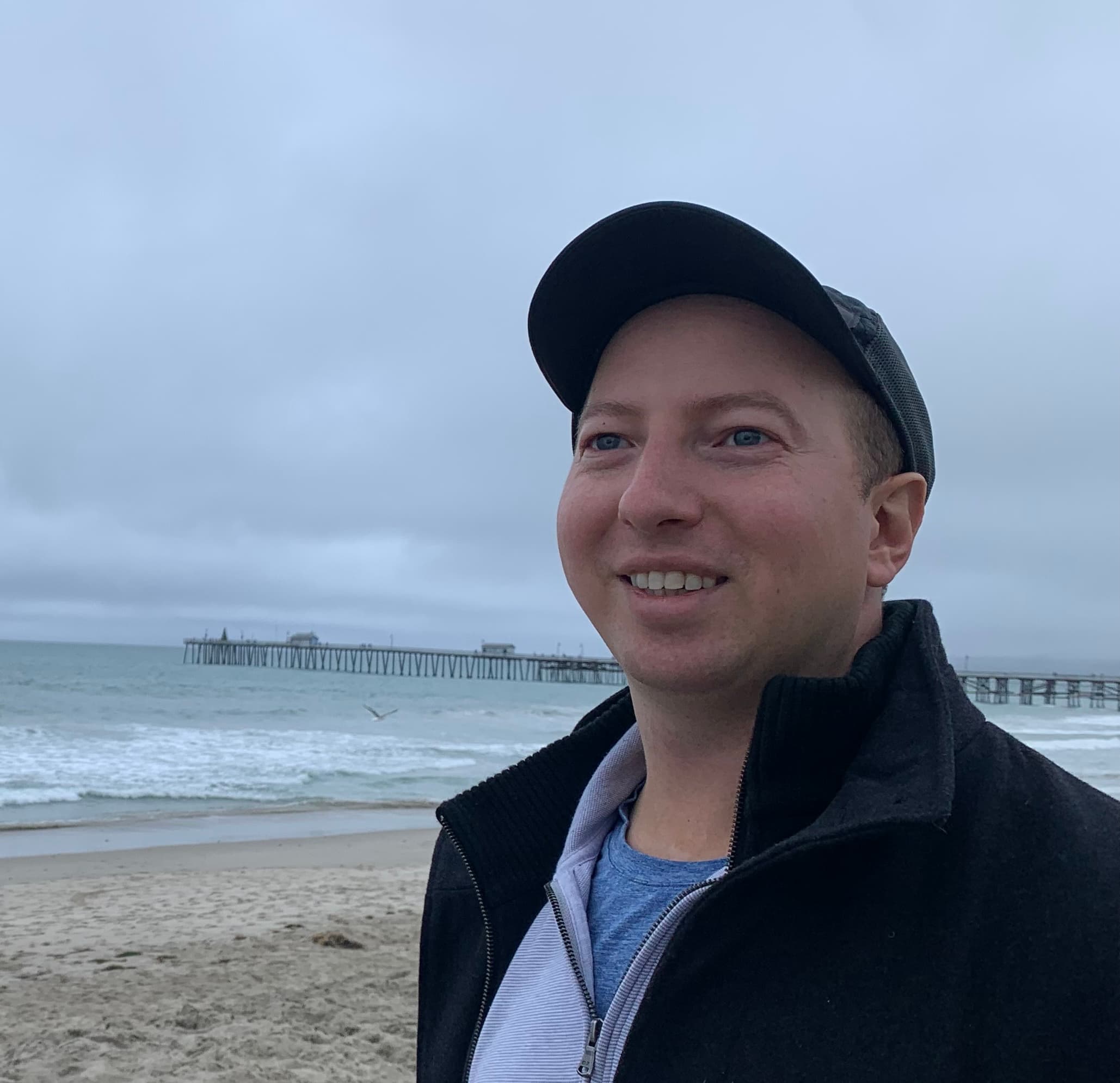PUBLICATION: Leveraging Deep Learning for High-Resolution Optical Satellite Imagery From Low-Cost Small Satellite Platforms
Published in IEEE Journal of Selected Topics in Applied Earth Observations and Remote Sensing: In this work, we detail a deep-learning-based approach, which improves optical satellite imagery to five times the original pixel-based resolution without the need or expense of increasing the capabilities of the imager through larger telescope apertures. The approach—demonstrated on Terran Orbital's GEOStare SV2 mission imagery—is generally applicable to any optical satellite image and is agnostic to the mission, satellite manufacturer, optical payload specifications, or data source. This capability provides a basis for small satellite missions and constellations—and their optical payloads—to rival the native hardware-based resolutions available through larger satellites with wider telescope apertures at a significantly reduced cost.
